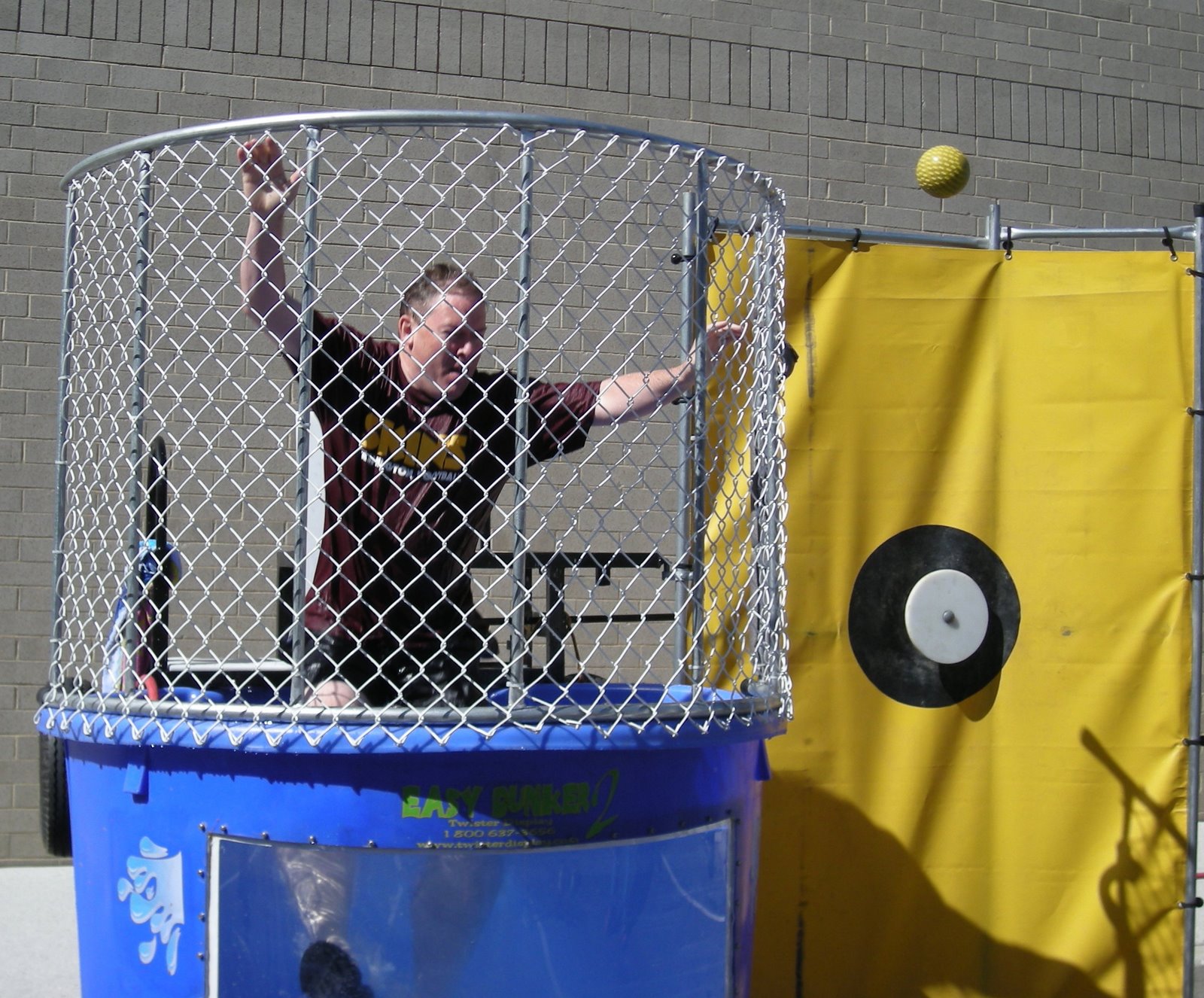Published: March 11, 2011
SAN FRANCISCO — The fake ID has gone digital, and spread to elementary school.
Across the nation, millions of young people are lying about their ages so they can create accounts on popular sites like
Facebook and Myspace. These sites require users to be 13 or older, to avoid federal regulations that apply to sites with younger members. But to children, that rule is a minor obstacle that stands between them and what everybody else is doing.
Parents regularly go along with the age inflation, giving permission and helping children set up accounts. They often see it as a minor fib that is necessary to let their children participate in the digital world.
Plenty of people fudge the truth about their age, whether to buy beer or project a younger image to potential mates. But researchers and other critics say allowing children to break the rules sends the wrong message. And, they argue, it sets children loose in a digital world they may not be prepared for — exposing them to the real-life threats of inappropriate content, contact from strangers and the growing incidents of bullying by computer.
“Not only are kids lying about their age, but more often than not, parents teach them to lie about their age,” said Danah Boyd, a social media researcher at
Microsoft.
Ms. Boyd said this ran counter to the goal of getting parents more constructively involved in children’s online activities, which was one aim of the legislation that spawned the age restrictions in the first place.
At the same time, the practice is hard to stop, say Web sites and federal officials. Sites try to catch under-age users — “We are not burying our head in the sand,” said Joe Sullivan, the chief security officer at Facebook — but verifying a young person’s age over the Internet is a task that ranges from tricky to near impossible.
Cristina Flores, 44, a nurse in San Francisco, said she had decided to allow her 11-year-old son to get onto Facebook rather than deny it to him and risk that he would sign up behind her back. Besides, she said, she did not realize there were any age restrictions on the site.
“It’s not like there’s a legal age limit for being on the Internet,” Ms. Flores said.
Her son Jake said he had told Facebook that he was 15: “I just picked something random.”
In one of Jake’s fifth-grade classes at Commodore Sloat Elementary school, 15 of the 30 students said they had Facebook accounts.
“And you should see all the third-graders who are on,” said Aundrea Kaune, the class’s teacher. Last year, she went onto Facebook and was shocked by how many students from the school were there.
“It’s lying — and about age,” Ms. Kaune said. “What happens when they want to drink beer?”
The risks for under-age members of social networks are not theoretical. Hemanshu Nigam, the former chief security officer of Myspace, who now runs an Internet safety consulting business, recounted a recent incident from his business. In New York State, he said, an 11-year-old boy accepted a friend request on Facebook from a girl in his class. But the girl’s account was fake, and the person behind it began posting images of the boy on sex-oriented sites, along with nasty comments.
When the boy’s images started showing up in Google searches, the school suspected that he had posted them and summoned his parents. Other children began picking on him.
“It can be a living nightmare for an 11-year-old who just wanted to hang out with his friends,” Mr. Nigam said.
In 2006, 31 percent of 12-year-olds in the United States were using social networks, according to the Pew Research Center’s Internet and American Life Project. That figure grew to 38 percent by mid-2009, when the survey was last conducted.
ComScore, a firm that measures Internet traffic, estimates that 3.6 million of Facebook’s 153 million monthly visitors in this country are under 12. Some of those visitors may not have Facebook accounts and may simply be visiting public pages, comScore said. (It reached that figure by cross-referencing its own traffic analysis with household demographics.)
Internet companies have set up the rules against under-age users because they must comply with the federal Children’s Online Privacy Protection Act, passed in 1998, which says Web sites that collect information from children younger than 13 must obtain parental consent.
Obtaining that consent is complex and expensive, so companies like Facebook and Google, which owns YouTube, reject anyone who tries to sign up using an age below 13. Google, Facebook and Yahoo all declined to talk about how many children jump the barriers, but they say they try to enforce the rules.
Mr. Sullivan of Facebook said the company blocked new registrations or deleted the accounts of thousands of under-age users every day.
But some children’s advocates say these companies are not publicly owning up to the scope of the problem.
To read more:
http://www.nytimes.com/2011/03/12/technology/internet/12underage.html?_r=1


























